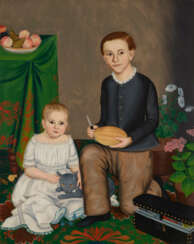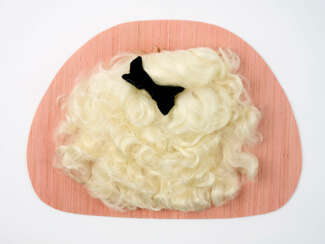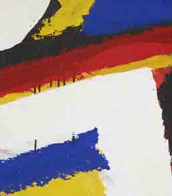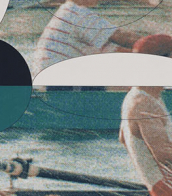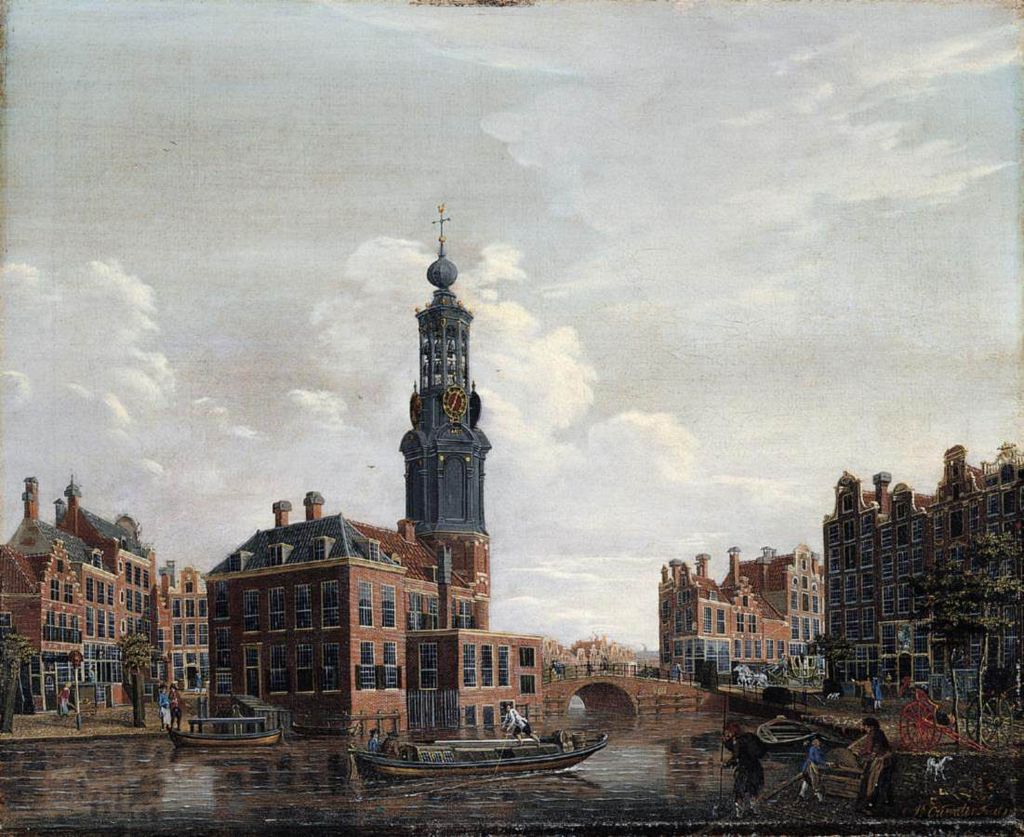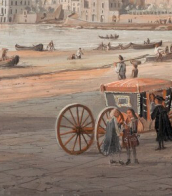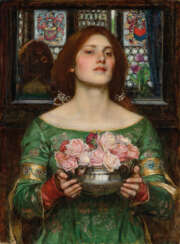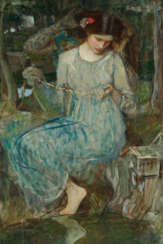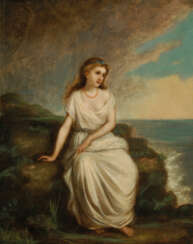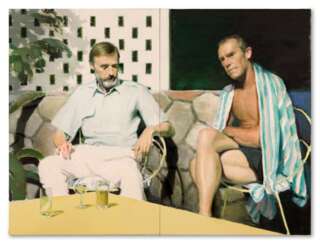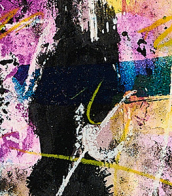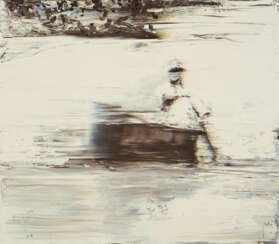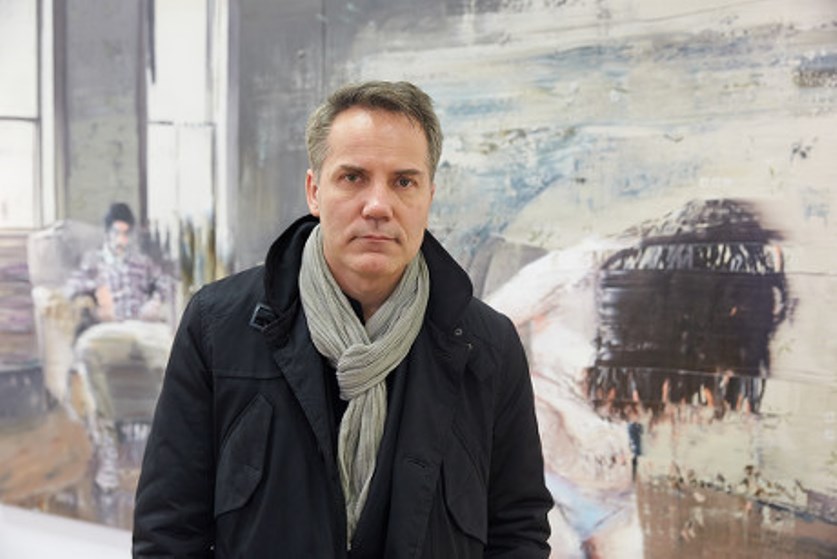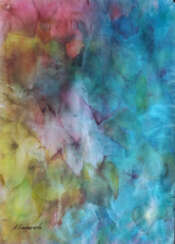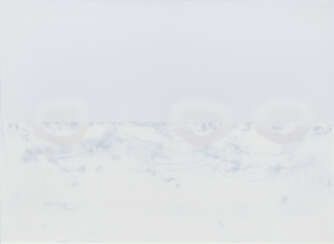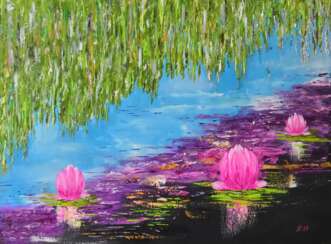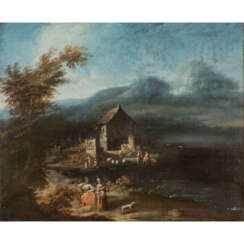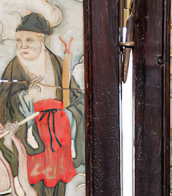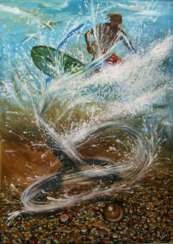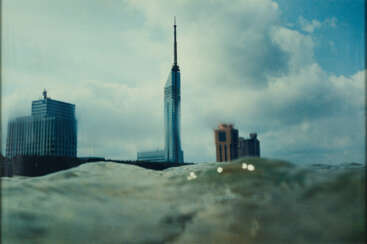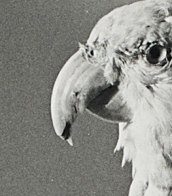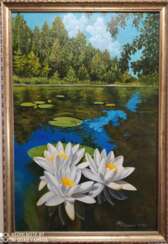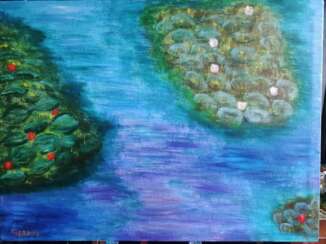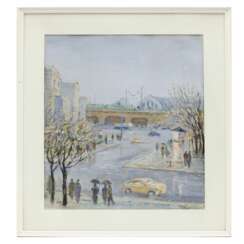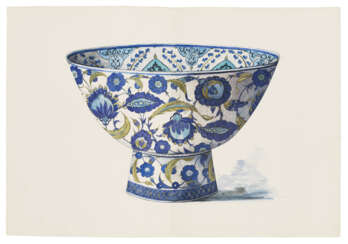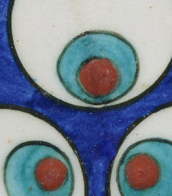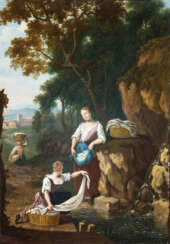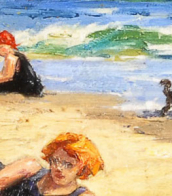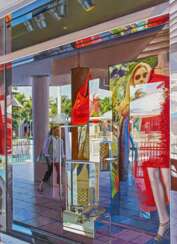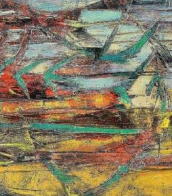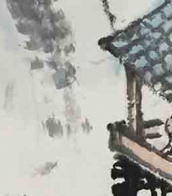water
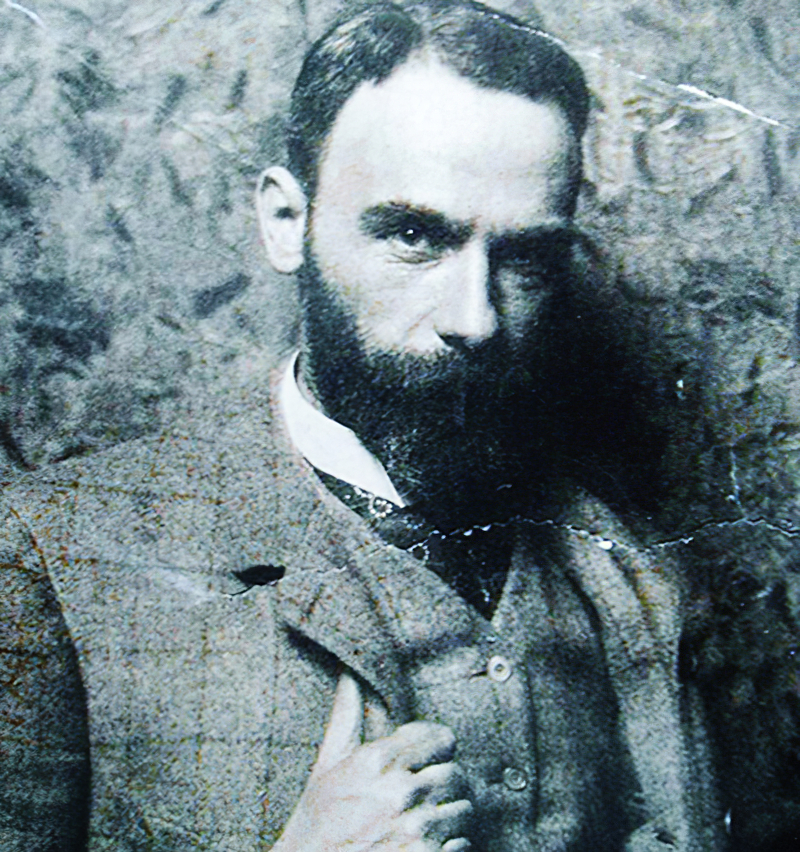
John William Waterhouse was an English painter known for working first in the Academic style and for then embracing the Pre-Raphaelite Brotherhood's style and subject matter. His artworks were known for their depictions of women from both ancient Greek mythology and Arthurian legend.
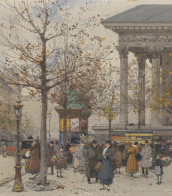
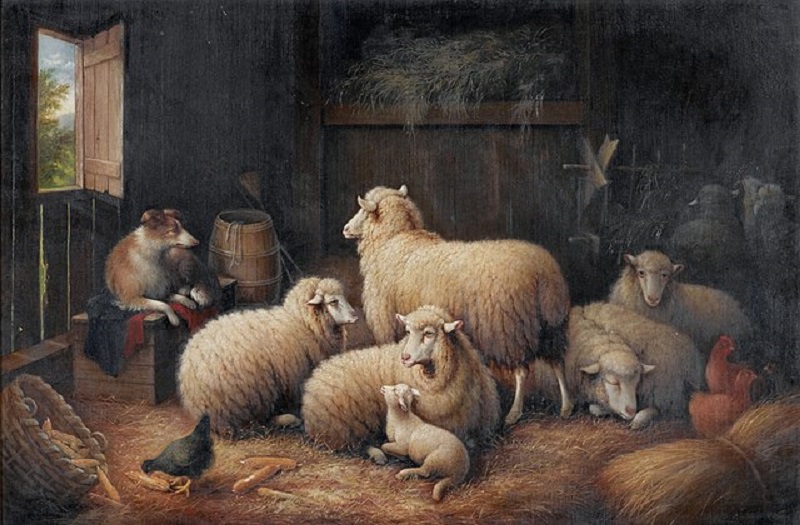
Susan Catherine Moore Waters was an American painter. Her early career in New York state and Pennsylvania focused on portraits. After moving to Bordentown, New Jersey, she specialized in paintings of animals as well as an occasional still life and other subjects.
The works she produced in Bordentown brought recognition in her lifetime. In 1876, Waters was invited to show some of her paintings at the Centennial Exposition in Philadelphia.
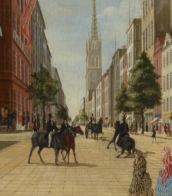

John William Waterhouse was an English painter known for working first in the Academic style and for then embracing the Pre-Raphaelite Brotherhood's style and subject matter. His artworks were known for their depictions of women from both ancient Greek mythology and Arthurian legend.
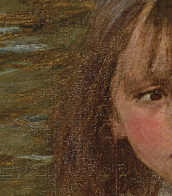

John William Waterhouse was an English painter known for working first in the Academic style and for then embracing the Pre-Raphaelite Brotherhood's style and subject matter. His artworks were known for their depictions of women from both ancient Greek mythology and Arthurian legend.


John William Waterhouse was an English painter known for working first in the Academic style and for then embracing the Pre-Raphaelite Brotherhood's style and subject matter. His artworks were known for their depictions of women from both ancient Greek mythology and Arthurian legend.
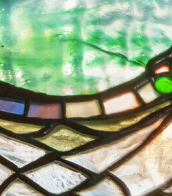

John William Waterhouse was an English painter known for working first in the Academic style and for then embracing the Pre-Raphaelite Brotherhood's style and subject matter. His artworks were known for their depictions of women from both ancient Greek mythology and Arthurian legend.


John William Waterhouse was an English painter known for working first in the Academic style and for then embracing the Pre-Raphaelite Brotherhood's style and subject matter. His artworks were known for their depictions of women from both ancient Greek mythology and Arthurian legend.
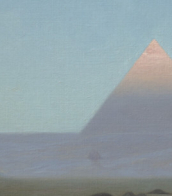


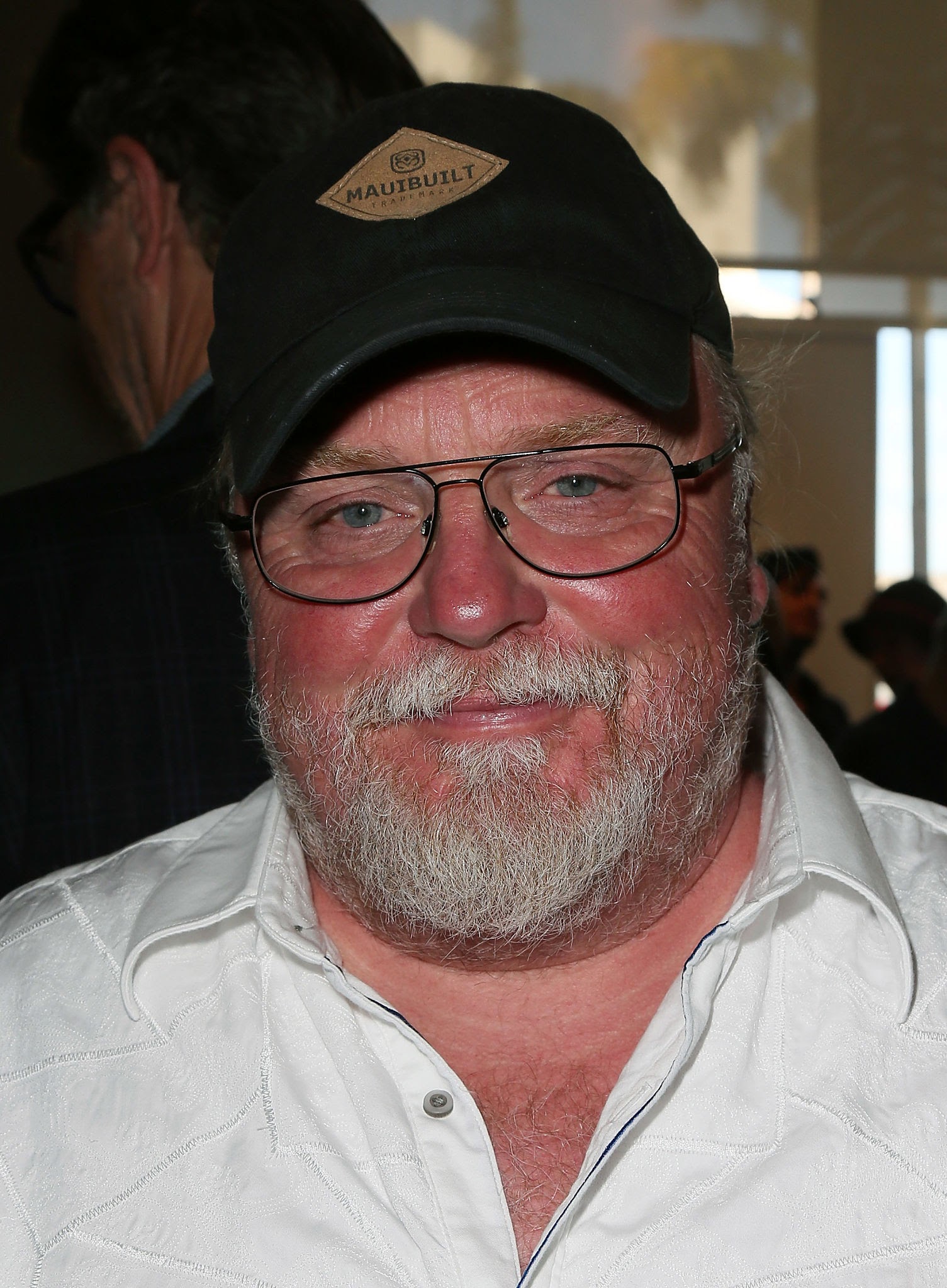
Udo Nöger is a German and American artist working between San Diego, Miami and Geneva.
Nöger, who grew up in Enger, Germany, emigrated to the United States in the early 1990s. Early in his career, he was known for his expressive figurative paintings. These mixed-media works often feature enigmatic archaic figures and symbolically charged imagery inspired by his travels. On one such trip to the South Pacific, Nöger discovered ancient writings consisting of images of animals, figures and symbols used by the Easter Islanders centuries ago. Over time, he began to incorporate this ancient iconography into his work, eventually creating his own pictorial language that gradually became more and more abstract.
By the mid-nineties, Nöger began to focus exclusively on the interplay of light, space and color. The artist creates luminous monochrome paintings that capture light, movement and energy expressed in extremely minimalist compositions. Nöger uses an almost architectural approach to create works that seem to radiate light from within. The paintings consist of three layers of canvas mounted on stretchers set at a distance from each other.
Udo Nöger has exhibited many times around the world, and his works are in the permanent collections of the Metropolitan Museum of Art (New York), the Museum of Contemporary Art (Denver), the Art Institute of Chicago and others.





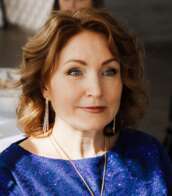

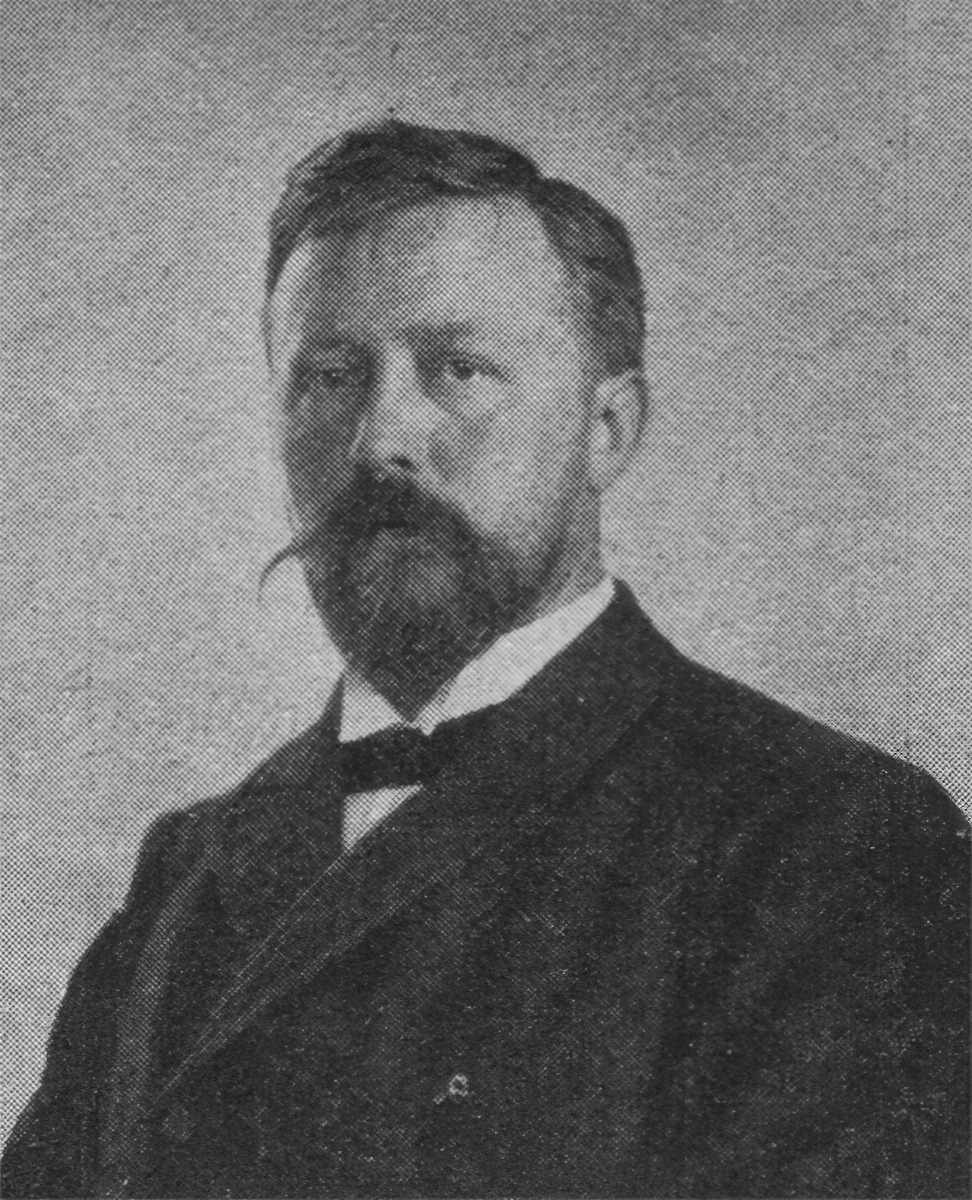
Friedrich Kallmorgen was a German Impressionist painter who specialized in landscapes and cityscapes.
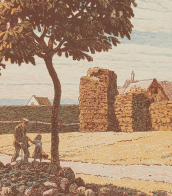
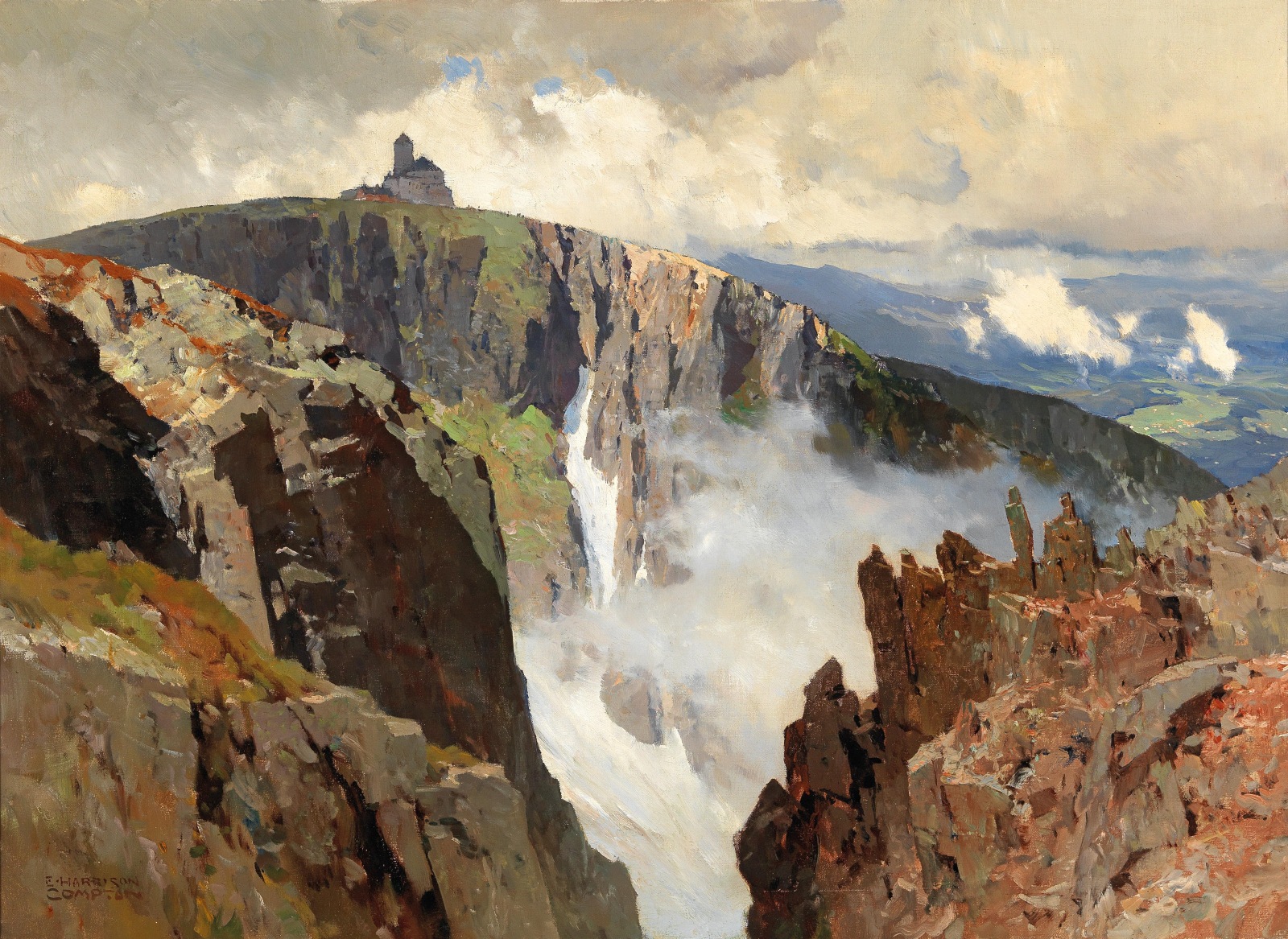
Edward Harrison Compton was a German landscape painter and illustrator of English descent.
Like his father he was inspired by the Alps to become a mountain painter (Bergmaler) working in both oils and watercolour. However, an attack of Polio at the age of 28 meant that he had to find more accessible landscapes to paint in Germany, England, northern Italy and Sicily. He also provided illustrations for several travel books published by A & C Black.



